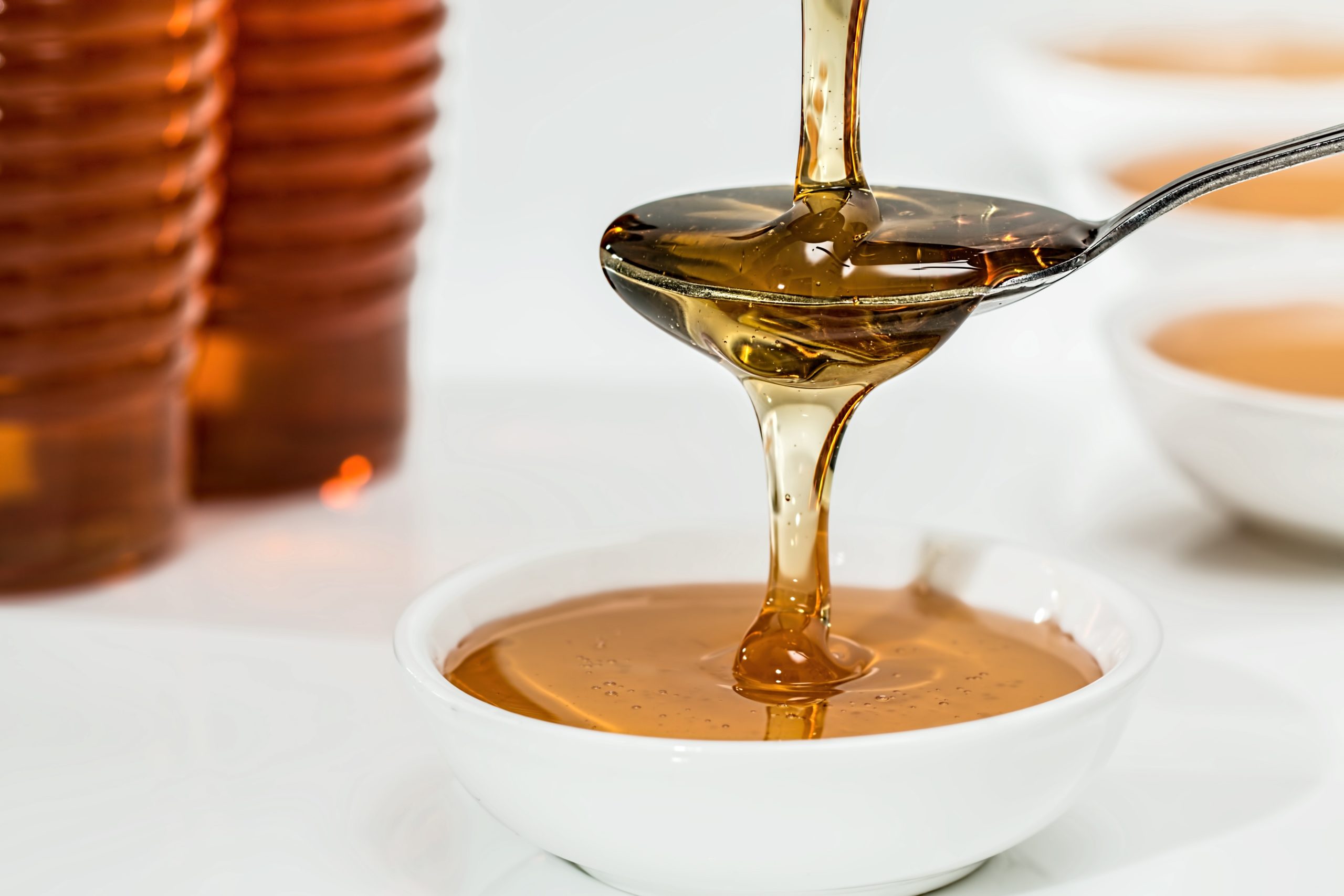
The Ultimate Palatinose Guideline
Palatinose is also called isomaltulose, and it is a carbohydrate that contains fructose and glucose. Its psychological components separate it from sucrose and other components. Isomaltulose is acquired from beet sugar and is also available in small amounts in honey.
It has a natural and mild sweetness that lacks an aftertaste. Like sucrose, palatinose has one fructose and one sugar, but the main difference is in the bonds. It has a more robust bond that slows the digestion process down.
The body takes up to five times longer to break this absorption link, unlike the carbohydrates absorbed at the start of the small intestine. The unique physiological properties of palatinose include;
- Soft to the teeth
- Slow glucose release
- Completely present carbohydrate
- Low blood glucose effect.
Palatinose is not fermented in the mouth, meaning sugar is not used when making acids that attack the teeth, causing dental issues. A study has confirmed the tooth-friendly palatinose status after several scientific tests.
It is essential to be mindful of the potential risk of tooth decay associated with excessive Palatinose consumption. The impact can vary based on individual factors such as oral health and saliva composition. Saliva contains natural buffers that work to neutralize acidity and safeguard enamel. Individuals with ample saliva production may experience reduced susceptibility to the acidic effects of Palatinose. However, those with existing dental issues or suboptimal oral hygiene may amplify the impact of any sugar, including Palatinose, on tooth decay. To address concerns related to Palatinose and its potential effects on oral health, it is advisable to consult with this vacaville dentist, or the one in your vicinity.
What Happens when you Eat Palatinose?
Palatinose is a stable product that does not change the stomach’s acidic environment. It remains stable in acidic conditions, and below, we discuss what happens when you eat it in the;
Small intestine
- Subsequent absorption and complete digestion
- Availability of carbohydrate components
- Slow glucose release.
Large intestine
An improved digestive comfort like that of sucrose.
How Palatinose Goes Up the Body
The actual fermentation occurs in the small intestine, where the body’s processing enzymes can process palatinose. These foods reach the intestine’s distal region, where food passes along until they reach the bloodstream.
The entire palatinose uptake happens in the small intestine, and no major amounts reach the large intestine. GI stands for glycaemic information that compares and describes the carbohydrate effects on different blood sugar levels.
Remember, palatinose is a natural carb, meaning it is not harmful to the body. Research has proven it safe, and the general public witnesses many benefits. It is mainly found in the market and used mostly in bakery applications. It is expected to become more popular in the coming years due to its numerous benefits.
Benefits of Palatinose
Palatinose is a blended carbohydrate form that has been used for centuries and has significant health benefits. Palatinose is an excellent alternative to typical sugars, and its main benefits are;
- Improved beverage stability
Palatinose has a high acid amount and improved process stability than others. It is mainly relevant in isotonic drinks with a low PH balance. It has a maintained osmolality that assists in creating hypertonic drinks.
- Free-flowing drink powder
Palatinose has a low hygroscopicity, making it ideal for blends and powder drinks. It also records low water absorption in other sugars, lowering the risk of lumping and caking.
- Improved shelf life in bakeries
Most donuts dry out due to the difference in the water activity, which can be managed by controlling water mitigation.
Conclusion
Palatinose is a smart carbohydrate that is becoming increasingly popular today. The above article has discussed all you need to know about it, and you can reach out for more information.
- Restaurant Germs: Improving Cleaning Practices For Commonly Contaminated Surfaces - April 15, 2024
- Fabulous Baby Shower Ideas to Try Soon - May 16, 2023
- Raw Manuka Honey Auckland New Zealand - March 10, 2023


